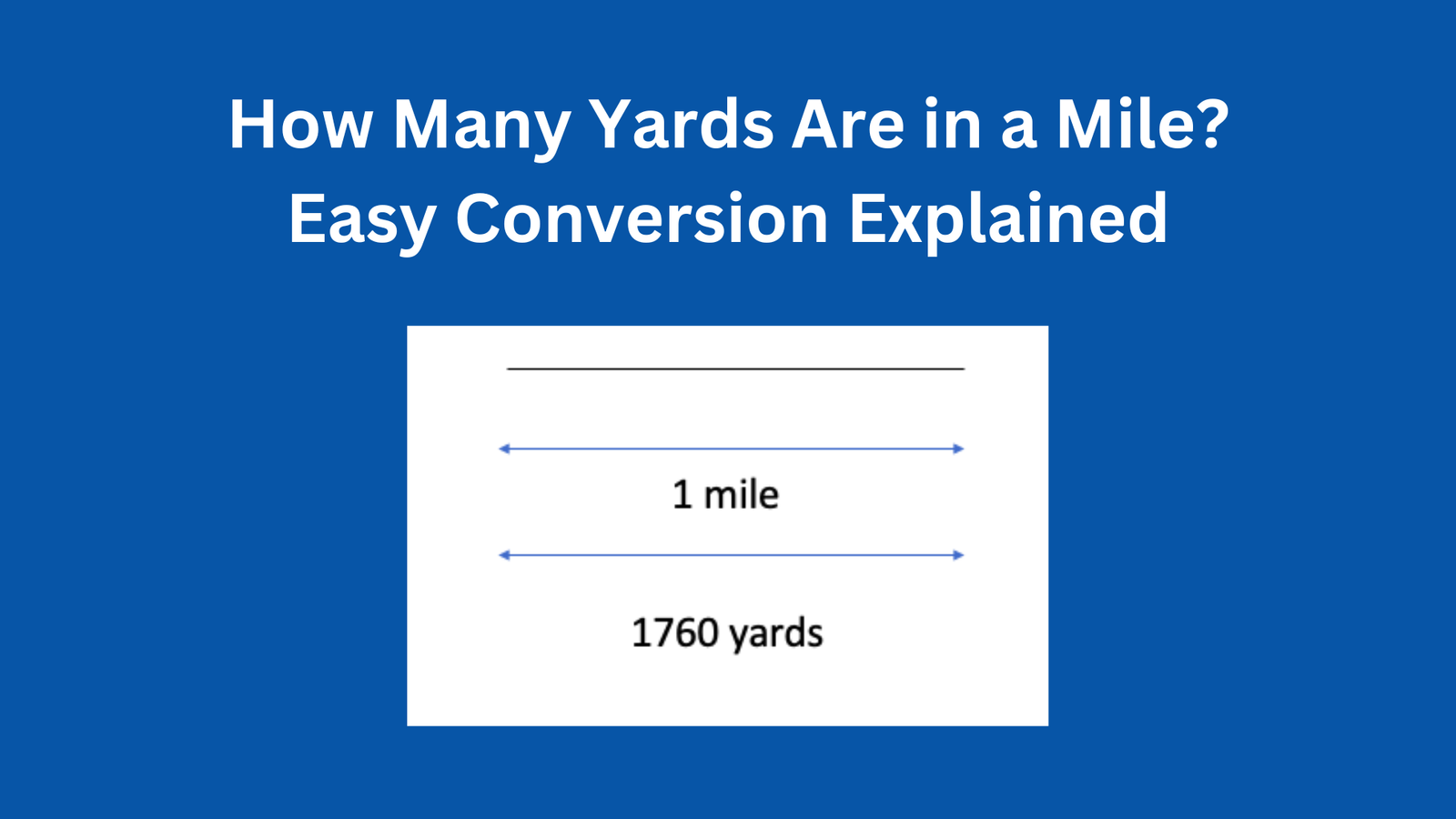Unveiling the Power of Standard Deviation in Statistics
Statistical measurement plays a pivotal role in understanding the dispersion and variability within a dataset. At the heart of this analysis stands the standard deviation, a concept with a rich history and wide-ranging applications. Let's delve into the world of standard deviation and discover its significance and uses in various fields.
The Birth of Standard Deviation
The term "standard deviation" owes its existence to the eminent statistician, Sir Ronald A. Fisher. Fisher recognized the importance of the work done by Karl Pearson and popularized the use of standard deviation in statistical analysis. Since then, standard deviation has evolved into a fundamental tool for inferential statistics, allowing researchers to make valuable insights about populations based on sample data.
Understanding Standard Deviation
Standard Deviation Defined: Standard deviation is a statistical measure that quantifies the dispersion and variation within a dataset. It provides insights into how data points are distributed around the mean and helps determine the extent of their spread.
An advanced standard deviation signifies a higher degree of data inconsistency, while a lower standard deviation indicates that data points are closer to the mean. It is calculated by taking the square root of the average of the squared differences between each data point and the mean.
Calculating Standard Deviation
To calculate standard deviation, follow these steps:
-
Find the mean value by summing up all values in the dataset and dividing by the total number of values.
-
Calculate the difference between each value and the mean, and square each difference.
-
Find the variance by summing up the squared differences and dividing by the total number of values minus one.
-
The standard deviation is equal to the square root of the variance.
Types of Standard Deviation
The standard deviation is represented by the symbol "σ" for population standard deviation and "s" for sample standard deviation. The formulas for calculating these two types of standard deviations differ slightly.
Sample Standard Deviation: This is used when you have a subset of the population. The formula is as follows:
Sample Standard Deviation Formula: S.D = s = √Σ (xᵢ - x̄)²/ (n - 1)
Where:
- xi represents each data point in the sample.
- x̄ (x-bar) is the sample mean.
- n is the total number of observations in the sample.
Population Standard Deviation: This calculates the volatility or distribution of the entire population.
Population Standard Deviation Formula: S.D = σ = √Σ (Xᵢ - μ)²/ N
Where:
- xi represents each data point in the population.
- μ (mu) is the population mean.
- N is the total number of observations in the population.
Both formulas involve squaring the differences between each data point and the mean, summing these squared differences, and finally taking the square root to determine the standard deviation.
Real-World Applications
Standard deviation finds applications in various fields, including:
1. Numbers Variability
Standard deviation is a crucial measure for understanding the variation and distribution of data points around the mean. It provides valuable insights into the dataset's variability.
2. Quality Control
In quality control, standard deviation is employed to assess the variability and consistency of products or processes. It aids in identifying and monitoring variations, enabling organizations to enhance processes and reduce defects.
3. Statistical Inference
Standard deviation is essential for statistical inference. It helps in estimating confidence intervals, determining the significance of differences between groups, and performing hypothesis testing. It offers a measure of the reliability and precision of statistical results.
4. Data Analysis
Data analysts use standard deviation to comprehend the spread of data and pinpoint outliers. This statistical tool assists researchers and analysts in drawing meaningful conclusions, identifying patterns, and making data-driven decisions.
5. Research and Experimentation
In research studies, standard deviation is employed to evaluate the consistency and reliability of measurements or observations. It aids in assessing the variability within samples and populations, enhancing the validity of research findings.
Examples of Standard Deviation
Let's illustrate the concept of standard deviation with examples:
Example 1: Standard Deviation for Population
Population Data: 10, 20, 30, 45, 60, 85, 100
Solution:
- Mean (μ): 50
- Population Standard Deviation (σ): 31.05
Example 2: Standard Deviation for Sample
Sample Data: 5, 15, 22, 29, 64
Solution:
- Mean (X̅): 27
- Sample Standard Deviation (s): 22.50
For quick calculations, you can use an SD calculator to obtain the standard deviation of a given dataset.
Frequently Asked Questions
Q1: What is the standard deviation?
- A: The standard deviation is a measure of the spread or distribution in a set of values. It quantifies how far data points deviate from the mean.
Q2: Can a standard deviation have a negative value?
- A: No, standard deviation cannot be negative. Since it involves squared differences, it is always non-negative or zero.
In Summary
In this article, we explored the concept of standard deviation, its calculation methods, and its diverse applications across various domains. By understanding standard deviation, you can gain valuable insights from data and make informed decisions based on statistical analysis.







No comments yet! Why don't you be the first?